In my area Oysters grow into large reefs that are crucial to our coastal ecosystem. Oysters produce millions of larvae in their lifetime and they create habitat for incredible amounts of saltwater life. They also filter the water at a rate of up to 50 gallons per day as an adult! This creates possibilities for shellfishers to benefit by harvesting and caring for these important creatures.
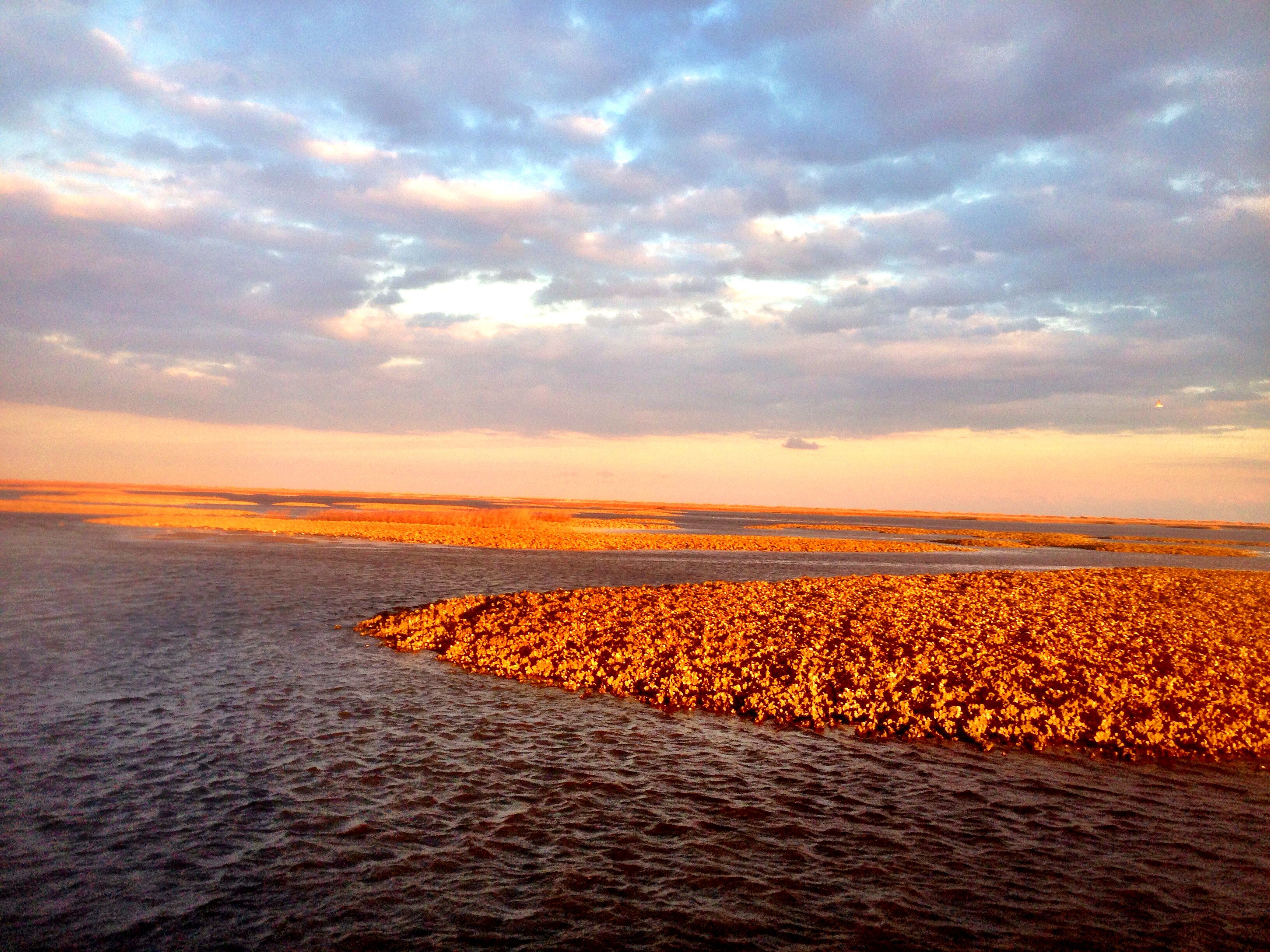
We began growing and harvesting oysters on our 15 acre lease about 6 years ago and it has been quite a ride. We have had plenty of successes and failures but I am as excited today as when I first started.
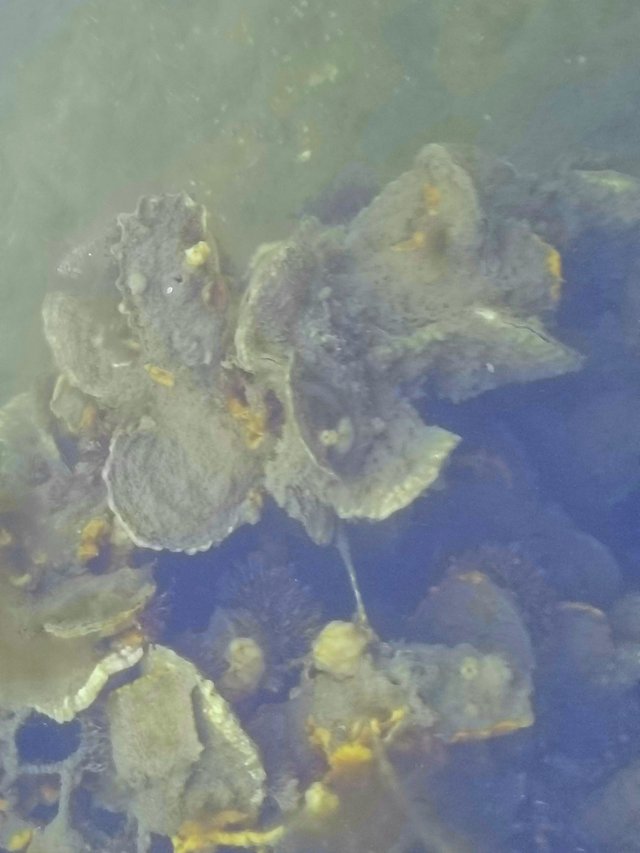
The journey from juvenile oyster (seed) to adult oyster takes 1-2 years in my area. It starts at the shellfish nursery where we buy seed in amounts up to 500,000.
These small oysters grow rapidly in meshed bags and must be sorted and re-bagged several times as they grow larger.
The bags are strapped to racks that are secured to the bottom. This keeps the oysters from settling into the mud and allows them to feed in the nutrient rich water column. At low tide you can barely see them poking through the surface. At high tide they are a few feet underwater.
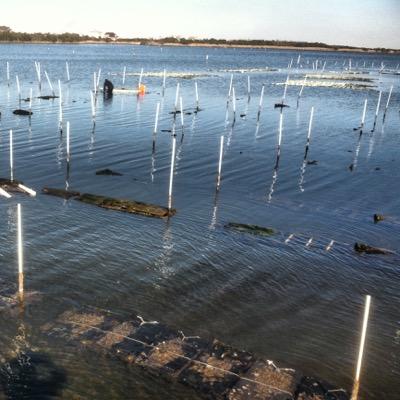 )
)
The finished product is sold at our retail markets and to the finest restaurants in our area.
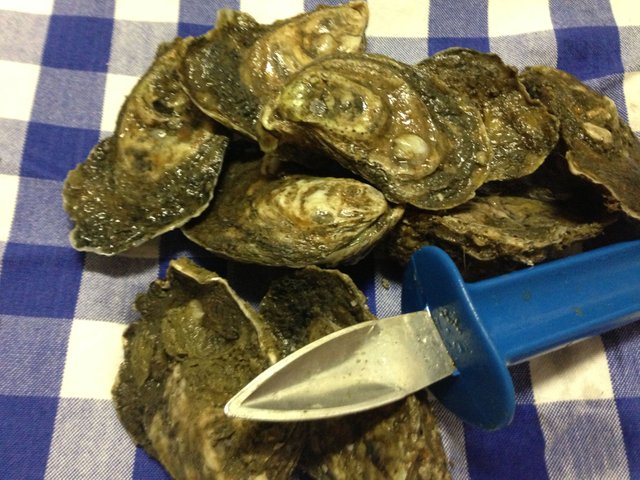
We are very proud of this ecofriendly seafood production method! Its hard to beat cleaning the water, creating habitat, and providing our community high quality, healthy protein.
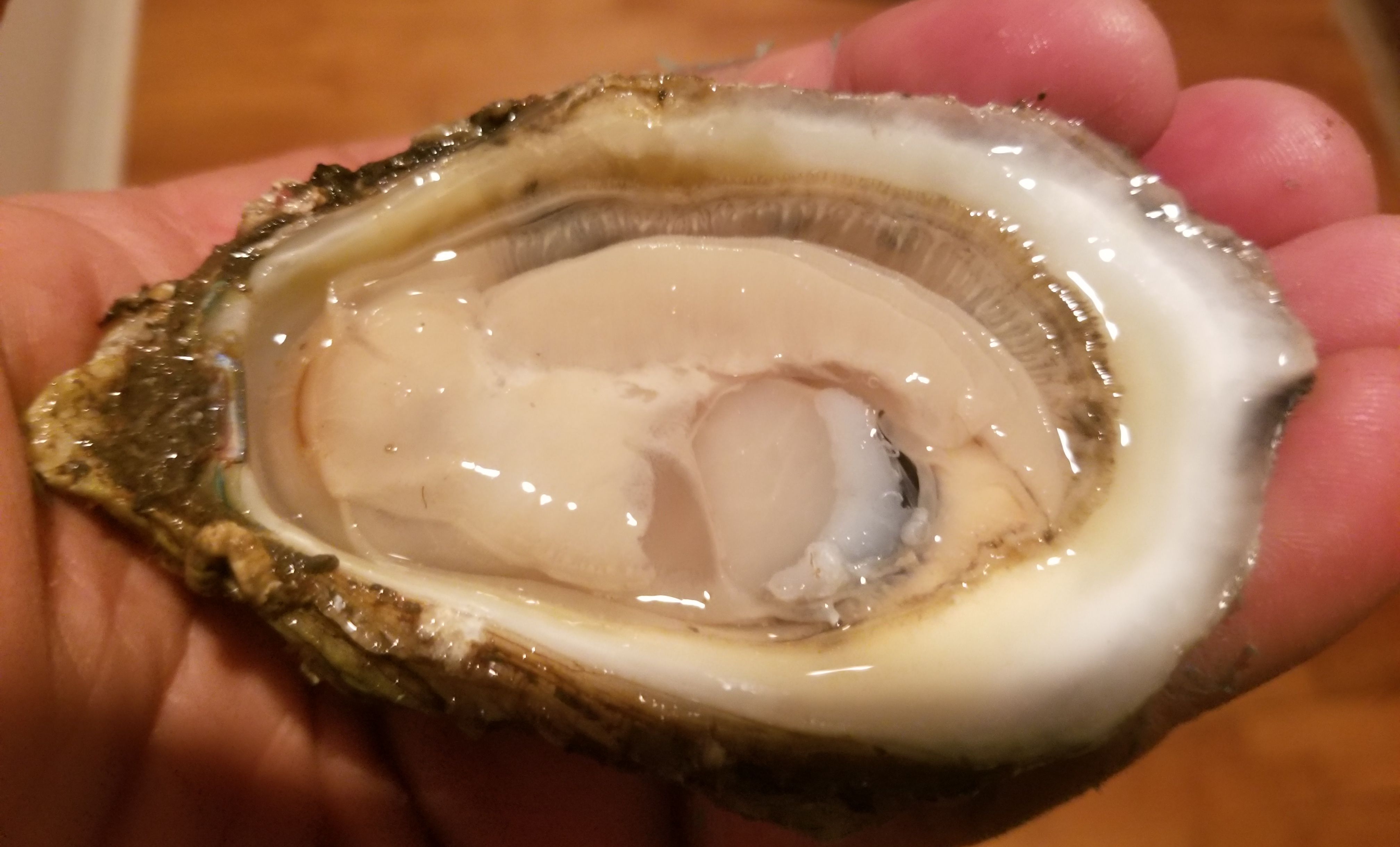
Sunsets like these happen more often than not as we finish a day of shellfish work!
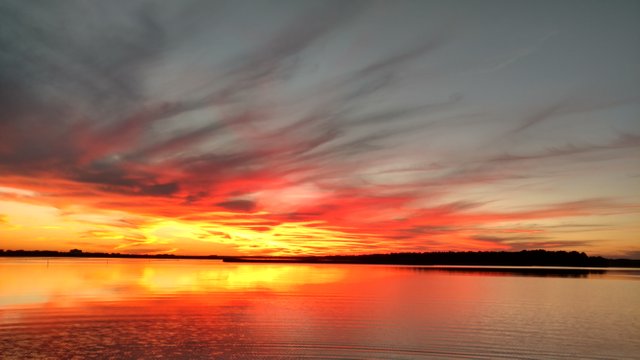
I didn't know they clean the water. Excellent, informative blog!
Downvoting a post can decrease pending rewards and make it less visible. Common reasons:
Submit
Thanks! Yes they are amazing organisms!
Downvoting a post can decrease pending rewards and make it less visible. Common reasons:
Submit
I like to go claming sometimes. I want to get lucky and find a pearl worth millions! :)
Downvoting a post can decrease pending rewards and make it less visible. Common reasons:
Submit
I hope you do!
Downvoting a post can decrease pending rewards and make it less visible. Common reasons:
Submit
Did you try to grow trepang or sea cucumber?
Downvoting a post can decrease pending rewards and make it less visible. Common reasons:
Submit
Sea cucumbers aren't found where I am located as far as I know. I haven't heard of Trepang. Is it a sea vegetable or animal? Thanks for your questions!
Downvoting a post can decrease pending rewards and make it less visible. Common reasons:
Submit